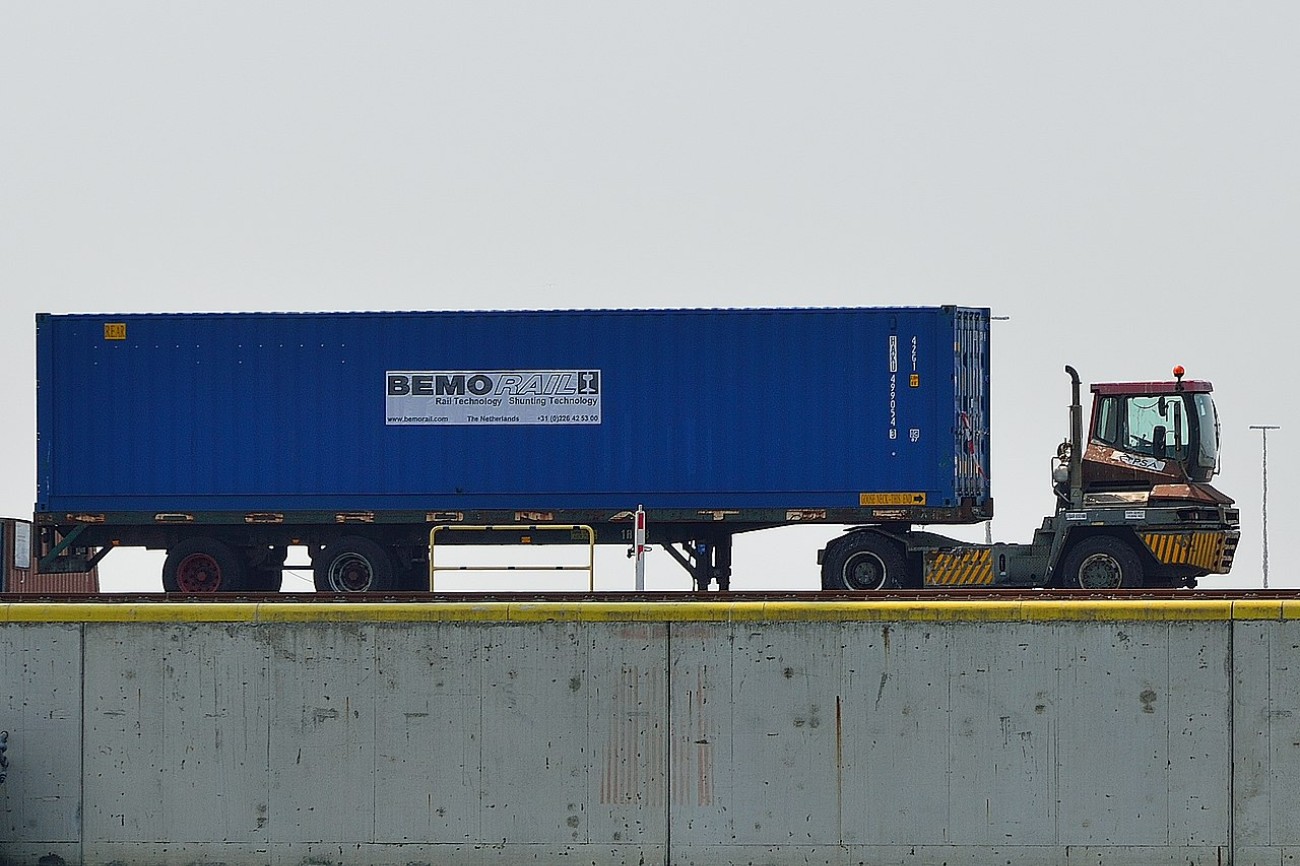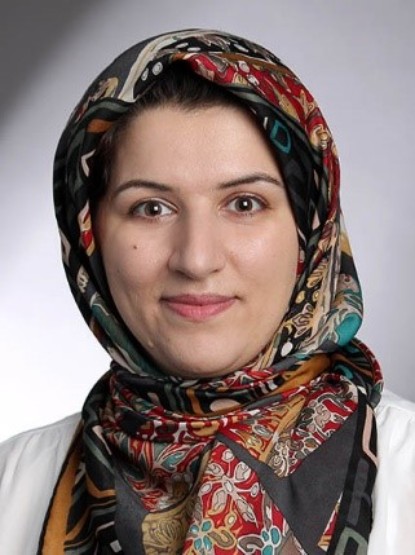Combined road/rail freight transport (CT) offers numerous opportunities to relieve road congestion and to be more climate-friendly and cost-effective than pure road freight transport. One of the biggest disadvantages of CT, however, is that it causes interface losses during the transhipment of load carriers. This sometimes results in long waiting times at the terminals, due to delays in shunting or craning previous load carriers, for example. They tie up the resources and personnel of the forwarders active in CT – especially small and medium-sized ones – in self-entry or of the contracted carriers, and thus lead to high opportunity costs.
However, by using small, powerful tractors to move and maneuver load carriers, so-called spotters, the processes of delivery and pickup at the terminal by forwarders or carriers and the loading activities at the transshipment terminal by terminal operators can be decoupled. This reduces interface losses, whereas additional acquisition and process costs are incurred, so that the use of spotters must be weighed up depending on the framework conditions. These costs and the difficult-to-quantify long-term benefits of using spotters are currently holding many terminal operators back from purchasing them, even though their use would be accompanied by greater efficiency.
The aim of the project is to evaluate the potential of spotters for different configurations (e.g. number of transfer points, transfer time, available parking space, complexity of traffic routing, e.g. number of intersections) of and requirements (e.g. handling volume, type of load carriers, length and distribution of delivery time windows) for transshipment terminals. The aim is to develop an evidence-based, novel decision support tool that helps to identify framework conditions under which spotters should be deployed. At the same time, it will be considered how the use of spotters can be designed for the future, so that in addition to classic spotters, statements can also be made regarding autonomously driving spotters.


| Project duration | October 2022 – October 2023 |
| Project partner | Chair of Management and Logistics |
| Project Funding | This project (HA project no.: 1395/22-100) is funded by the State of Hesse and HOLM funding as part of the “Innovations in Logistics and Mobility” measure of the Hessian Ministry of Economics, Energy, Transport and Housing. |
| Project staff | Setareh Behzadi |



